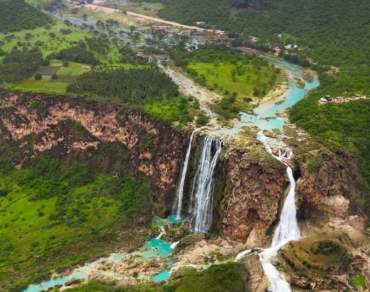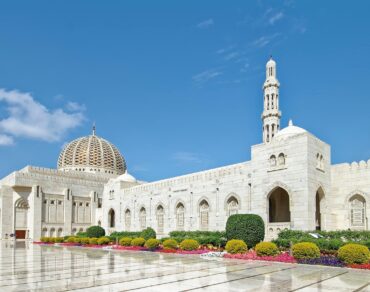
-
Oman Tour Packages > Blog > Weather in Salalah: A Local’s Guide to the Best Time to Visit
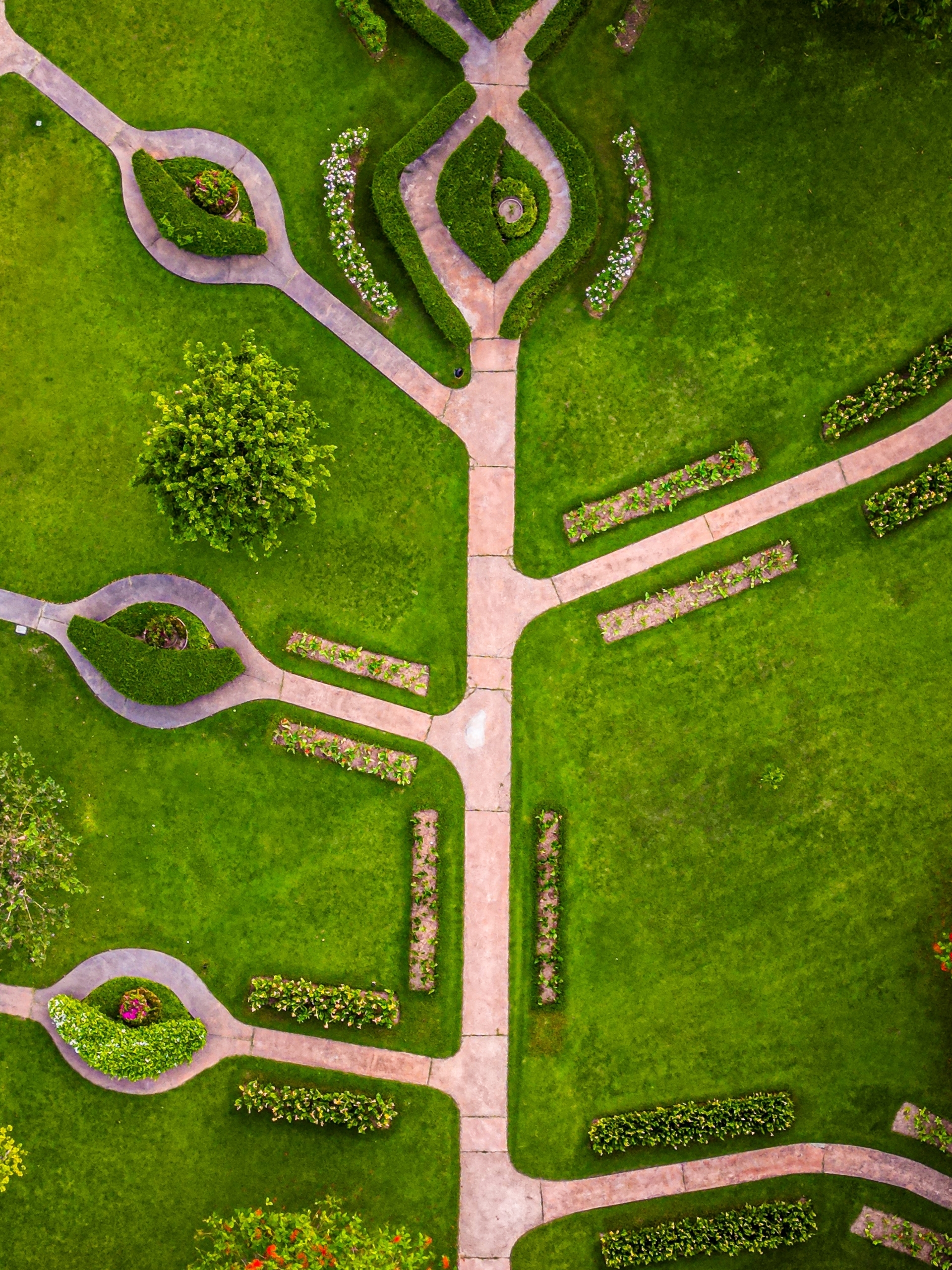
Weather in Salalah: A Local’s Guide to the Best Time to Visit
Salalah is a desert city with an amazing secret – it changes into a green oasis during monsoon season. The city stays pleasantly cool at 24°C to 33°C from June to August, when other Middle Eastern cities face scorching summer heat. This happens especially when the Khareef season arrives.
My time there showed me two perfect seasons to visit. Drizzles cool the air and create a magical feel during the monsoon months from June to August. The weather stays comfortable at 24°C with clear skies from September to February if you want to skip the rain.
This piece will help you understand Salalah’s seasonal patterns. You’ll learn the best times to visit based on the weather and get some local tips to make your trip special.
Understanding Salalah’s Unique Climate
Salalah sits along the Arabian Sea and shows proof of nature creating microclimates that challenge what you’d expect. Our city has a hot desert climate (BWh) according to the Köppen classification, but the weather tells an amazing story.
Desert meets tropical paradise
Our city breaks the mold of typical desert regions by keeping moderate temperatures year-round. The average highs range from 28°C to 34°C while lows stay between 19°C to 25°C. The sea nearby creates this perfect mix of desert and tropical conditions that keeps humidity high all year.
The yearly rainfall hits about 77mm, mostly during the monsoon season. Our location next to the Dhofar mountains acts like a natural wall that catches moisture from the sea and creates our special climate patterns.

Four distinct seasons in Salalah
Our city experiences four clear-cut seasons that each bring something different:
- Winter (December-February)
-
- Average temperature of 23.5°C
-
- Clear, sunny skies
-
- Ideal for outdoor activities
- Spring (March-May)
-
- Gradual temperature rise
-
- Peak temperatures reaching 35°C
-
- Increasing humidity levels
- Summer/Khareef (June-September)
-
- Cloudy skies and constant drizzle
-
- Temperature moderation
-
- Green landscapes emerge
- Autumn (September-November)
-
- Humidity drops from 81% to 55%
-
- Pleasant temperatures
-
- Monsoon clouds slowly clear
The summer monsoon, known as Khareef, makes our climate truly special. The rest of the Arabian Peninsula bakes in intense heat while Salalah gets wrapped in fog and light rain. This happens between June and September when the southwest monsoon brings cooler temperatures and turns our landscape into a green paradise.
The wind patterns here are just as interesting. The windiest time lasts 2.8 months from June to September, and July sees average wind speeds of 15.5 miles per hour. These winds mix with monsoon moisture to create perfect conditions for our city’s famous green season.

Khareef Season: The Monsoon Magic
The magical Khareef season changes Salalah into an emerald paradise that stands out from other destinations in the Arabian Peninsula.
The monsoon arrival in Salalah
The monsoon winds sweep in from the Arabian Sea in late June and dramatically change our landscape. The southeastern monsoon, known locally as Khareef, creates a special ecological habitat along our coast that experts call the Arabian Peninsula coastal fog desert.
Warm, humid air from the central Arabian Sea passes over cooler water and creates a mesmerizing blanket of fog and precipitation. This phenomenon occurs as sea surface temperatures stay in the low to mid-twenties Celsius near the shore.
Temperature and rainfall patterns
The Khareef season brings big changes to our local weather patterns. Temperatures stay pleasantly cool and range from 20°C to 27°C. People find it a refreshing escape from the typical summer heat in other parts of the Middle East, where temperatures often reach 43°C.
Rainfall patterns show interesting variations:
- Annual precipitation ranges from 100-400 mm during the monsoon season
- Rainfall increases with altitude, varying from 150 mm at the coastal plain to 500 mm in the Dhofar mountains
- July and August see the heaviest rainfall, with monthly accumulations reaching 454.6 mm and 368.6 mm respectively
Best spots to experience Khareef
The monsoon creates several magical locations around Salalah. Wadi Darbat stands out as a beautiful valley surrounded by mountains, with cascading waterfalls and peaceful lakes. Al Mughsail Beach shows off its dramatic blowholes and cliff-side peaks best during the monsoon season.
Ayn Athum waterfalls appear only during Khareef and create multiple streams that flow from jagged clifftops into crystal-clear pools below. Ayn Sahalnoot adds to the experience with its natural springs and scenic rock formations.
The season brings more than just natural beauty – people celebrate it through the annual Khareef festival from mid-July until the end of August. Visitors come from the sultanate and neighboring countries to experience the natural wonders and rich culture of our region.
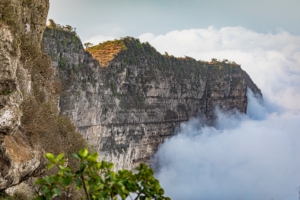
Month-by-Month Weather Guide
Let’s learn about the unique weather patterns of each season in Salalah that will help you plan your visit throughout the year.
Winter (December-February)
Salalah enjoys mild and pleasant conditions during winter. The temperature stays around 23.5°C, which makes it perfect for outdoor activities. January is the coldest month when temperatures can drop to 15°C. Clear skies dominate this season with little rain, and humidity stays near 51%.
Spring (March-May)
Temperatures start to climb during spring. Daily highs move up from 83°F to 90°F. Cloud cover increases faster than usual, and overcast conditions rise from 22% to 63%. May becomes the warmest time with temperatures up to 27.8°C.
Summer/Khareef (June-August)
Khareef season arrives with summer months. The weather stays moderate with temperatures between 20°C to 27°C. The season shows these patterns:
|
Weather Aspect |
Measurement |
|
Humidity |
87-89% |
|
Visibility |
4-6 miles |
|
Wind Speed |
12-16 mph |
July and August see the most rainfall, reaching up to 1.48 inches. Constant drizzle and fog reshape the scene into a remarkable green landscape.
Autumn (September-November)
Autumn brings warmer weather to Salalah. Temperatures average 27°C, ranging from 22°C to 31°C. Cloud cover drops faster, and overcast conditions fall from 41% to 18%. November offers the clearest skies with clear or partly cloudy conditions 82% of the time.
The weather changes during autumn months. Relative humidity drops and creates better conditions for outdoor activities. Wind speeds become moderate at 10-11 mph, making this time perfect to visit city attractions.
Planning Your Visit Around Weather
Your preferred activities and crowd tolerance will determine the best time to visit Salalah. Seasonal patterns help you get the most out of your trip.
Best time for beach activities
The winter months from October to April provide perfect conditions for beach activities and water sports. The Arabian Sea stays welcoming for swimming and snorkeling with temperatures ranging from 22°C to 30°C. The clear waters and minimal rainfall create ideal conditions for:
- Sunbathing at Al Mughsail Beach
- Water sports and swimming
- Beachside picnics
- Coastal hiking adventures
The winter season brings calmer seas and better visibility for underwater activities compared to the Khareef season.
Ideal months for sightseeing
Salalah’s attractions are best experienced from October through December. The weather stays pleasant with temperatures between 20°C to 30°C, which makes outdoor activities comfortable.
The period from January through March sees slightly cooler temperatures, ranging from 16°C to 26°C. These months are excellent for:
- Historical site visits
- Nature walks
- Photography sessions
- Cultural explorations
When to avoid crowds
Tourist patterns can help you plan a more relaxed visit. The data shows these distinct seasons:
Peak Season (July-August):
- Highest tourist influx, especially from Gulf countries
- Premium accommodation rates
- Festival crowds during Salalah Tourism Festival (July 15-August 31)
Shoulder Season (October-December):
- Moderate visitor numbers
- Reasonable accommodation prices
- Pleasant weather conditions
Off-Peak Season (April-June):
- Fewer tourists
- Budget-friendly rates
- Warmer temperatures reaching 30°C
The shoulder seasons from April to June or October to December provide a perfect balance between weather conditions and crowd levels. You can find the best deals from November to February, with discounted accommodation rates and fewer tourists.
Weather-Smart Travel Tips
Smart packing will give a comfortable and enjoyable stay in Salalah’s changing weather. You’ll have a better travel experience if you know what to bring and where to go as the weather changes.
What to pack by season
The items you need to pack change by a lot based on Salalah’s unique seasons. Here’s a complete seasonal packing guide:
|
Season |
Essential Items |
Additional Considerations |
|
Winter (Dec-Feb) |
Light jackets, cotton shirts, comfortable walking shoes |
Sunscreen with high SPF, UV-protected sunglasses |
|
Spring (Mar-May) |
Breathable fabrics, sun protection gear, light layers |
Water bottle, sun hat |
|
Summer/Khareef (Jun-Aug) |
Rain jacket, quick-dry clothing, waterproof footwear |
Insect repellent, light sweater for evenings |
|
Autumn (Sep-Nov) |
Light layers, t-shirts, casual wear |
Shawl or scarf for evening chill |
We focused on lightweight, breathable materials like cotton and linen that work well year-round. Pack modest clothing that covers shoulders and knees, especially when you have plans to visit religious sites. Women need scarves or shawls to cover their heads during mosque visits.
The temperature can swing between day and night, especially in higher altitudes where it can drop to 8°C. Layered clothing helps you stay comfortable throughout the day.
Indoor activities for rainy days
Salalah has many engaging indoor spots to visit when Khareef’s misty drizzle sets in. The Museum of the Frankincense Land is a must-visit spot that shows off the region’s rich heritage.
The Salalah Gardens Mall is a great escape from wet weather with:
- Traditional souvenir shopping areas
- Modern retail outlets
- Indoor entertainment options
The Anantara Spa offers treatments that blend Arabian and Thai traditions for those looking to relax. On top of that, the Sultan Qaboos Mosque welcomes you with its stunning architecture and cultural importance.
Most indoor venues get crowded during the Khareef season when temperatures stay around the mid-twenties Celsius. You’ll have a better time if you visit during off-peak hours.
Bring a reusable water bottle to stay hydrated and keep a light jacket handy for air-conditioned spaces. A small daypack comes in handy to carry essentials while you check out these indoor attractions.
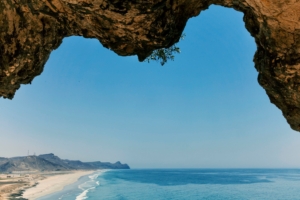
Conclusion
Salalah’s unique charm comes from its blend of desert and tropical paradise all year round. Most tourists flock to the city during Khareef season, but each season presents its own exceptional moments. The winter season creates perfect conditions for beach activities and outdoor adventures. Spring temperatures make sightseeing comfortable, and autumn welcomes visitors with peaceful retreats under clear skies.
A good grasp of weather patterns will give a perfect Salalah experience. Visitors can plan their trips better by matching their preferred activities with seasonal changes. The Khareef season attracts nature lovers with its lush landscapes, while winter draws outdoor enthusiasts with its mild temperatures and clear skies.
Smart weather preparation will make your trip memorable at the time you visit. Your selected season should guide your clothing choices, and you should have backup plans for wet weather. Note that Salalah’s beauty is nowhere near limited to its famous monsoon season. The city creates lasting memories through ancient frankincense trails in winter sun and spectacular waterfalls during Khareef. Click the button and book now!
Related Tours
Related Tours
Test2
© 2025 Oman Tour Packages. All rights reserved.
